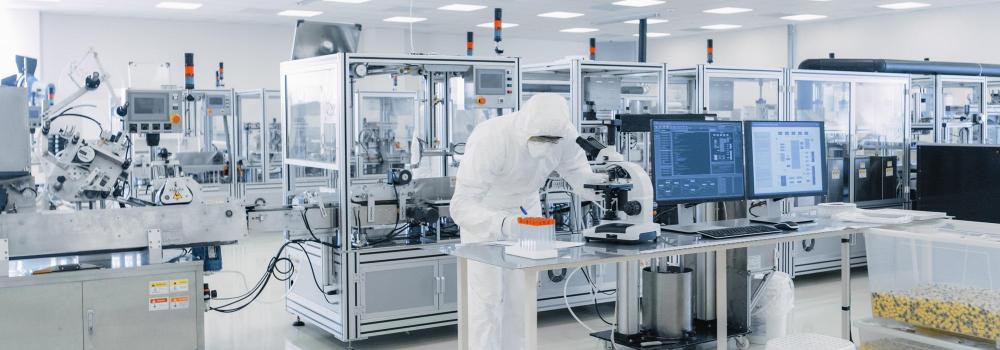FDA inspection readiness should be at the top of your organizational priorities whether your facility is responding to a market shift or looking to refocus on operational standards. So how can you ensure your facility is compliant? Here’s how to get started.
The current pandemic has created an urgency for different types of pharmaceutical companies to adapt quickly to the demand for vaccines and treatments to help fight COVID-19. Regardless of whether your facility is responding to that market shift or looking to refocus on operational standards, preparedness for inspections by the Food and Drug Administration should be at the top of your organizational priorities.
The FDA’s Office of Regulatory Affairs (ORA) leads inspections and the enforcement of laboratory conditions that fall under the Food, Drug, and Cosmetic Act and related acts. The ORA uses FDA Form 483 to document observations of preparation, packaging, or storage that may be unsafe and in violation of the FDA’s requirements. Understanding how to stay compliant and limit the potential to receive citations via Form 483 is well within your control.
Where to Focus: Common Citation Areas
There are many resources available to you to help keep your facility ready for an FDA inspection. The FDA provides compliance guidelines and examples of actual inspections online that identify common deficiencies leading to FDA Form 483 citations. Among these, Drug Quality Assurance is frequently documented in pharmaceutical laboratory inspections.
Keeping current on GxP and Good Manufacturing Practice (cGMP) is a key element in demonstrating Drug Quality Assurance. In your facility, it’s critical to dedicate staff resources to maintaining and communicating updates to cGMP that affect your operations. These can be complex, but having oversight of requirements and investing in proper monitoring tools can ensure compliance and help avoid FDA violations.
Staying Prepared: FDA Inspection Checklist
Just as guidelines and Form 483 examples are available, there are also resources to help your facility create a general inspection checklist. This step allows your staff to stay organized around central areas that are likely to be checked and possibly documented for violations. There are many details behind each category; however, at minimum your staff can create a general checklist with the following headings:
- General quality assurance controls and procedures
- Facility controls and security
- Equipment design and placement
- Material component control
- Operational control
- Finished product control
Details and Documentation
For each category of possible inspection, staff can outline the measures needed to ensure compliance. These can relate to the current FDA and other guidelines, and also include specific timeframe, frequency, documentation, and reporting requirements. With the checklist, it’s possible to prepare for inspection in advance by making sure the proper tools and resources are in place, active, and set to correct parameters for monitoring laboratory spaces, storage areas, and other activities.
For documentation and reporting, an automated monitoring system such as Primex OneVue can assist with monitoring temperature, humidity, and other environmental conditions. Additionally, contact closure sensors can help keep track of access to restricted areas and storage units.
Empowering Staff With the Right Tools
As part of your facility’s FDA inspection readiness, it’s essential to survey the requirements against your monitoring resources. Making sure you have an overview of the requirements and the ability to meet them is key to compliance readiness. Primex OneVue software simplifies administration and monitoring by keeping comprehensive data and providing automated on-demand reports to demonstrate compliance. The software meets many regulatory requirements, can be programmed to provide custom alerts, and provides a secure system with minimal IT demand.
Interested in learning more about how Primex can enhance your inspection readiness? Reach out for a consultation today.
Sources:
FDA: 483 Inspection Observations
WHO: Quality Assurance of Pharmaceuticals
FDA: Pharmaceutical Quality Control Labs
